We've been busy making borax free slime today and thought it would be fun to try three different slime recipes then create a fun science investigation to see which slime was the best!
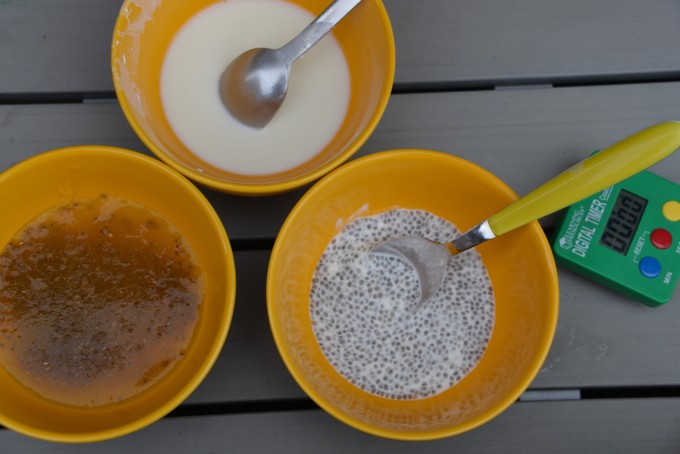
No Borax Slime Recipes
Cornflour Slime
Simply add a little water to cornflour and you get a slippy slime that can be scrunched up into a solid ball in your hands. Unclench your fingers and it flows like a liquid again. Cornflour gloop ( also known as oobleck ) is a non-Newtonian fluid which means it doesn't flow like liquids usually do.
This type of slime is super easy to make, feels lovely and silky and if you leave it to dry is easy to sweep away afterwards.
Cornflour Chia Seed Slime
Soak a handful of chia seeds in water for a few hours and then add cornflour and a little water. This makes a lovely thick slime, which flows beautifully through little hands.
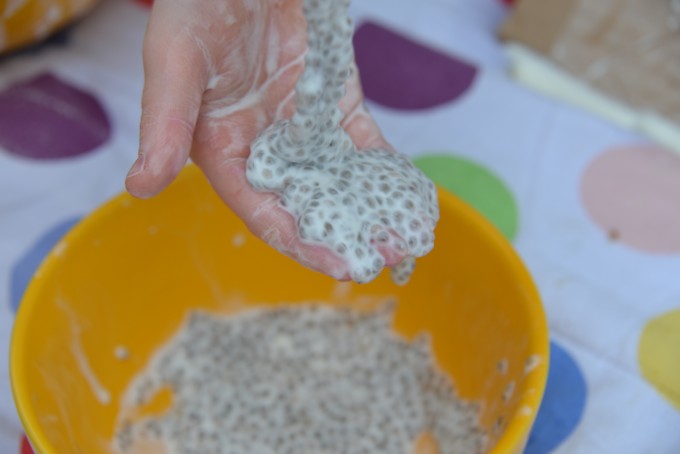
Fybogel Slime
It sounds a bit odd, but fybogel makes a brilliant slime. Add a sachet to water and boil on the hob or in a microwave, once boiled leave to cool, you should be left with a sticky, gloopy slime!
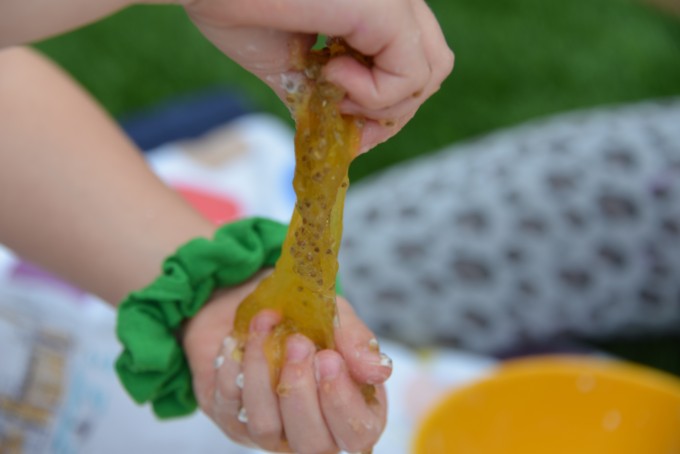
How can you test slime?
We thought very carefully about how to test our slimes, and devised three tests.
The Stretch Test
This involved trying to stretch the slime between our hands.
Winner - Fybogel Slime
Remember to use the same amount of each slime.
The Viscosity Test
We set up a viscosity race to investigate which slime was the most viscous. Viscous liquids are thick and flow more slowly than less viscous liquids.
Winner - Cornflour Slime
Remember to use the same amount of each slime and time how long each takes to flow between the same two points.
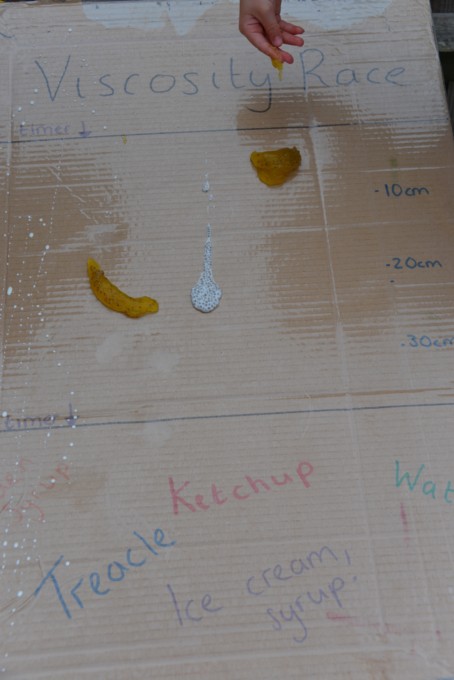
The Splat Test
For the splat test we picked up a handful of slime and threw it at a piece of cardboard. We decided the best slime would be the one which made the biggest splat.
Winner - Fybogel Slime
Remember to use the same amount of each slime, throw from the same distance and with the same force.
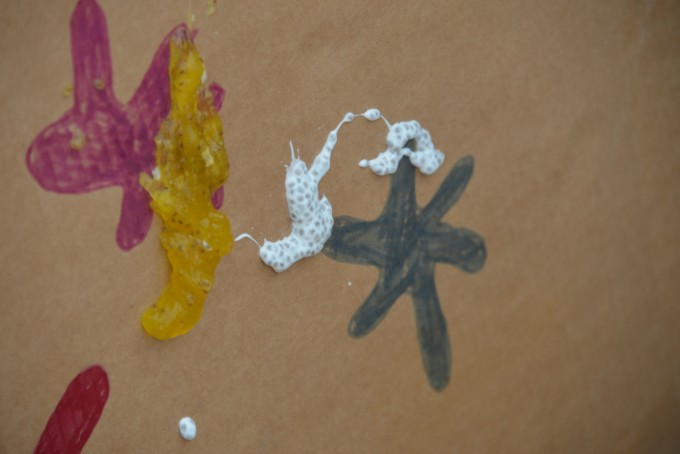
For more fun slime recipes to test, try some of the great no borax slime recipes over on Red Ted Art. We can't wait to see how they do in our splat test!
We've also got a creepy Halloween slime to try.
Slime - Learning Points
This is a great activity for starting to think scientifically. For each test discuss how to make it fair, for example standing the same distance from the splat board and throwing the same amount of slime.
Try asking children to predict which slime will be the best in each test based on their existing knowledge.
More Slime Activities
Can you make a better slime? Try adding chia seeds to the Fybogel or using different amounts of water.
Links with English
Can you write a story featuring slime?
Can you write a set of instructions so someone else can follow your recipe?
Links with Maths
Can you record the time taken for the slime to flow between the two points on the viscosity board and plot the data on a graph?
If you liked this activity you might like our walking on oobleck activity too!
Science Concepts
- Thinking scientifically
- Non Newtonian fluids
- Forces
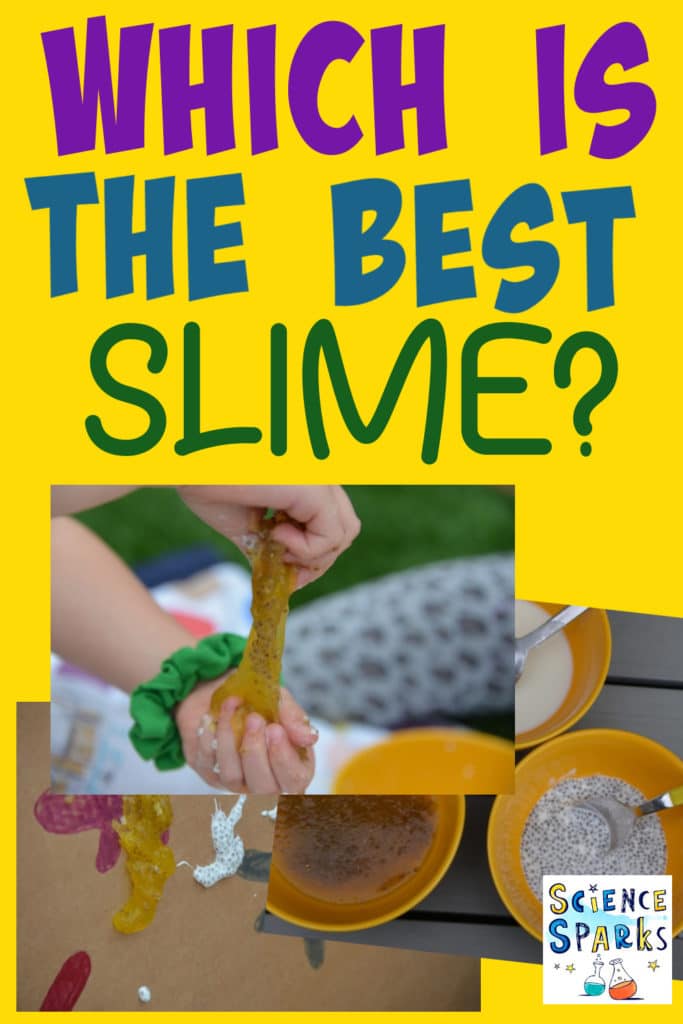
Last Updated on August 7, 2022 by Emma Vanstone

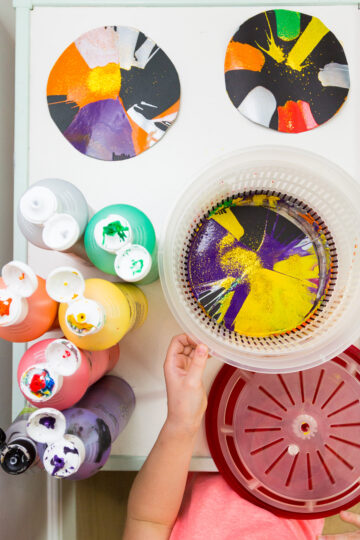
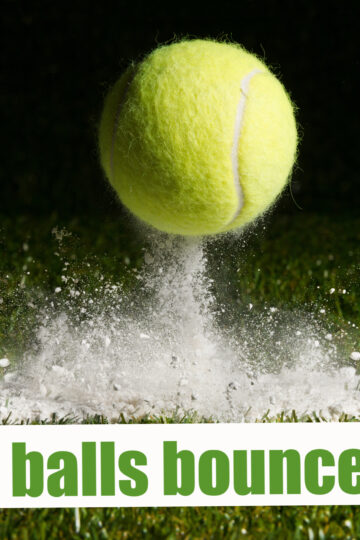
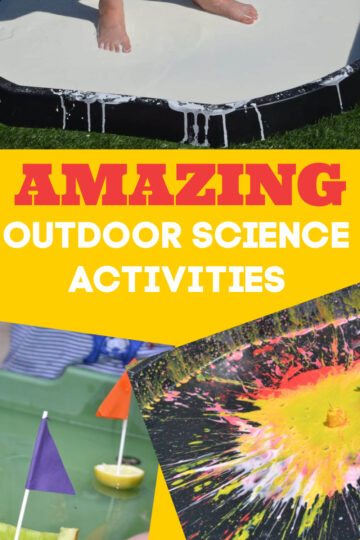
Leave a Reply